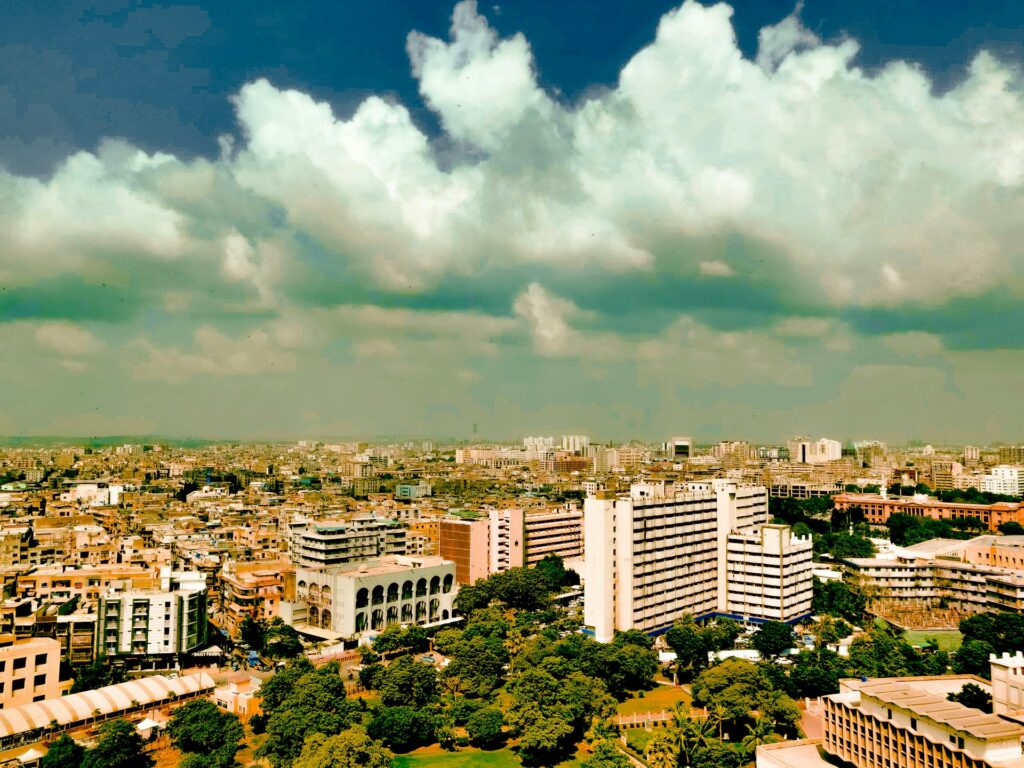Affordable Housing Financing Options in Pakistan
Housing, particularly of the low cost variety, is undoubtedly one of Pakistan’s most urgent social and economic issues.
This is due to modern expansion and increased population, coupled with the need to acquire more residential units of major cities.
However, the acquisition of funds for affordable housing financing remains a major concern for low and middle income families.
This paper presents the financing approaches in Pakistan, the difficulties involved in availing them and the possible steps that can be taken to enhance affordable housing financing.
Current Options for Affordable Housing Financing
The financing structure in Pakistan has mainly targeted elites, but there are nascent efforts of change today.
It consists of conventional mortgage facilities from the commercial banks, subsidized interest rate from the “Mera Pakistan Mera Ghar” financial dubbed and microfinance facilities ranging from institutions such as Akhuwat Foundation.
The MPMG launched through the State Bank of Pakistan provides additional loans for low-income householders under the concessional interest rates to address the problem of affordability.
While these programmes are clearly better, the majority of low income households still little about them, or have substantial difficulties in attaining them.
Specifically, what is required is lower cost funding solutions that are more flexible and accessible, because the market for affordable homes remains extremely large.
Challenges in Accessing Traditional Mortgages
Indeed, for most low-income families, getting formal bank loans let alone the conventional mortgage financing remains out of their reach.
Due to high interest charges and stringent eligibility criteria, there is no way conventional mortgage financing is possible.
Many conventional commercial banks are financially pyramid ally inclined to give money to clients with steady sources of income, thus, the informal sector employees who represent a large share in Pakistani economy do not have access to affordable housing financing.
Thirdly, low income earners have little or no credit history to enable them access credit for them when they are in need.
Thus, to make mortgages more accessible, banks would require changing criteria in order to take clients with informal income into consideration.
It is suggested the flexible terms of lending be adopted alongside other non-conventional credit assessment frameworks as a means of filling this gap.

Microfinance as a Viable Alternative
Today, micro financing institutions (MFIs) have filled this void as a channel of funding small scale housing development especially for the low income earning individuals.
Banks like Akhuwat Foundation offer loans to those who cannot afford first time affordable housing financing with friendly loan repayment terms.
They are aimed at improving the client’s small-sum credit accessibility due to the association with their lower income and ability to repay.
With microfinance as a potential solution, loan amounts are inadequate to be used in procuring outright home ownership.
There is the same problem with funding for MFIs themselves to provide sufficient credit to meet the large demand for affordable housing financing.
Government-Backed Affordable Housing Financing Programs
Through affordable housing opportunities and other incentive based programs like the ‘Mera Pakistan Mera Ghar,’ government is trying to fill the financing gap.
In this case, through provision of affordable loans with slightly charged interests the government wants to ensure that as many families as possible are able to own homes.
The program also lets a flexible informed level check approach that will be conducive to those within the informal sector.
Nevertheless, there are operational and outreach issues affecting these programs.
There is evidence that suggests a large number of relevant families remain ignorant of such schemes, while application procedures may be rigid and time-consuming.
Better promotion as well as simpler procedures could help multiply the effectiveness of these Government promoted possibilities.
Innovative Solutions for Expanding Access to Affordable Housing Financing
Opening up of affordable housing financing will hence call for out of the box solutions.
Organizations formed by public private partnerships can assist to mobilize investment and technology and prepare more feasible financing solutions.
Further, the introduction of the credit assessment models, which use other data, including mobile phone usage or utility payment records, will also give those with informal earnings the chance to access financing.
Furthermore, reduction of funding costs and better access to funds might be achieved through the creation of the National Housing Bank specifically catering for affordable housing finance solution of MFIs and other institutions.
In this case, the presence of this new bank could mean that existing institutions could be assisted financially in order to improve provide housing loans.
The Role of Islamic Financing in Affordable Housing
Islamic financing provides a viable solution to the provision of affordable houses in Pakistan particularly due to the predisposition of the people towards this type of financing.
Sharia compliant institutions offer housing finance in a manner which does not include interest bearing financing and this includes Ijara or lease to own and Murabaha or cost plus financing.
These Shariah compliant models can further be extended to touch a large base and especially the low income population.
Yet, with Islamic financing being a culturally suitable form of financing, it still lacks the visibility and accessibility at this moment in time.
Increasing the types of Islamic financing and improving the ways to offer this financing could play a crucial role in addressing the problem of delivering microfinance and affordable housing to rural clients and customers in Pakistan.
Conclusion
Housing finance for affordable homes in Pakistan is as much a prospect as it is a problem.
There are solutions, such as conventional loan, micro credit and government intervention but for now, the credit constrained low-income households continue to require financial help to become homeowners.
This paper thus argues that for there to be affordable housing in Pakistan, there is need for innovative and accessible financing options.
This way, Pakistan could thereby bring down the problem of affordable housing, besides informing and expanding financing solutions to millions of people.
Also read: Barriers to Affordable Housing in Pakistan and How to Overcome Them


I like it when folks get together and share thoughts.
Great site, stick with it!
Ok
Admiring the time and effort you put into your website and
in depth information you present. It’s awesome to come across a blog every once in a while that isn’t the same unwanted rehashed
information. Excellent read! I’ve bookmarked your site and I’m adding your RSS feeds to my Google account.
Wonderful blog! I found it while browsing on Yahoo News.
Do you have any tips on how to get listed in Yahoo News? I’ve been trying for a while but I never seem to
get there! Appreciate it
Thank you for the compliment! Getting listed on Yahoo News can be challenging but here are a few tips:
Create high-quality, relevant content: Focus on providing newsworthy, original, and engaging content.
Build relationships: Network with journalists or submit press releases that can capture attention.
SEO optimization: Ensure your content is optimized for search engines to increase visibility.
Use social media: Promote your articles on social media to attract wider attention.
Keep at it, and best of luck with your efforts!
I got this web site from my buddy who informed me regarding this web page
and now this time I am visiting this website and reading very informative content at
this time.
Thank you so much for your kind words.